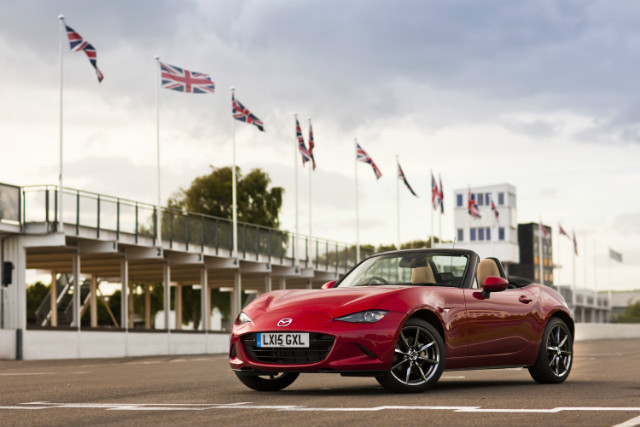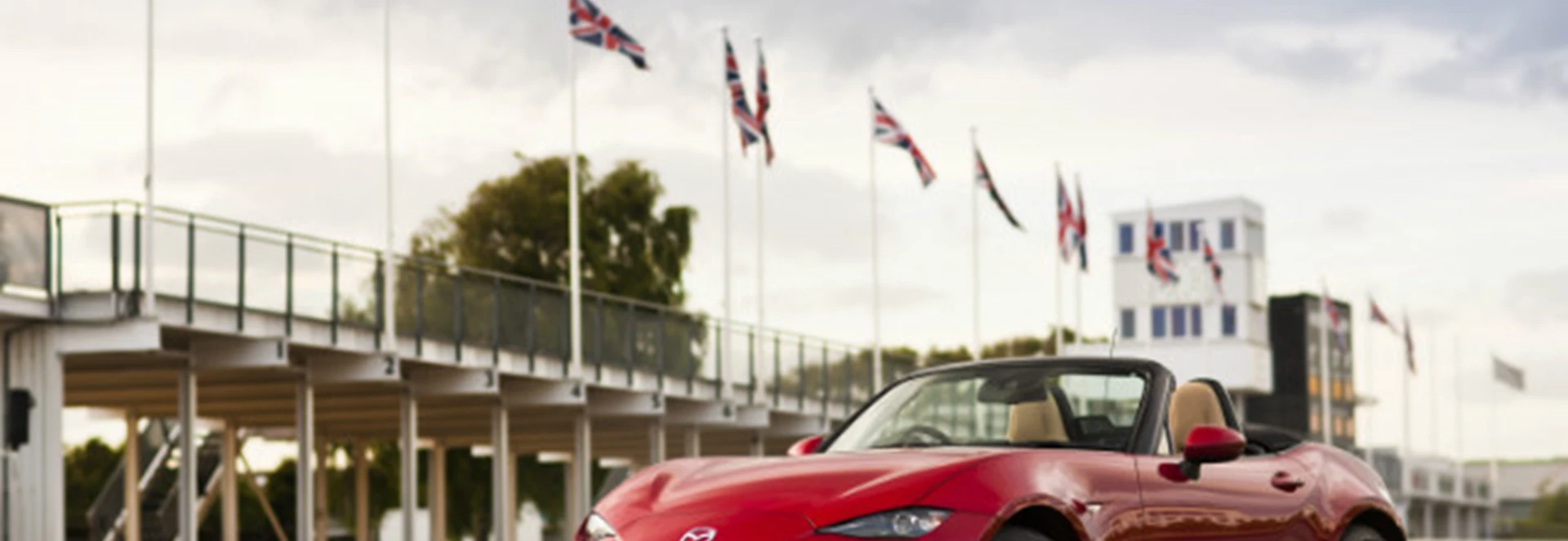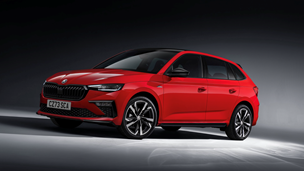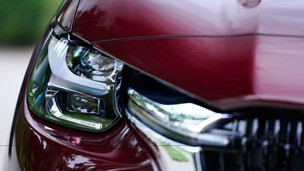Over three generations, the Mazda MX-5 has been gaining praise for a quarter of a century. People were delighted by it when the first model came on the market, and they were still delighted as production of the third came to an end. For the fourth generation, it was vital that Mazda both retained the appeal of the basic concept while also moving it a step forward.
There have been many changes. The exterior appearance is aggressive to an extent that we have never seen before in an MX-5, and the technology is based on Mazda's SKYACTIV principles. This technology would have been barely even a concept when the third generation MX-5 was launched ten years ago.
Fortunately, the car's general character remains largely as it was. The latest MX-5 may not look much like its predecessors, but it certainly feels like them.
There are nine cars in the range and all of them convertibles with a hand-operated folding cloth roof. There has been no announcement yet of a successor to the third-generation Roadster Coupe, which had a metal-folding roof. The range can be divided into two groups according to which engine is used. One is a high-revving 1.5-litre petrol producing a maximum of 129bhp, the other a 2.0-litre petrol capable of 158bhp.
Obviously, 1.5s are more economical while 2.0s are faster. There is, however, much more to it than that. The 1.5 sounds better (the note of the 2.0 seeming somehow more synthetic and less convincing) and its power output is, in my view at least, more suited to the car. You can spend a whole day having fun in a 1.5 without ever getting into trouble. The 2.0 is more exciting but can occasionally require taming - getting sideways as you exit a T-junction is quite possible in a 2.0 but very unlikely in a 1.5.
2.0s also have a front strut brace and a limited slip differential. The latter has never, in my experience, been of any help to an MX-5 in the past, and has quite often ruined the car. It's fine in the current model as long as you choose the Sport, which has uprated suspension (including Bilstein dampers). This car works well. The 2.0 SE-L, on standard suspension, doesn't. The LSD makes that version struggle slightly on turn-in and then produces oversteer at the apex of the corner. The effect is less severe than it was on the Mk3, but the 2.0 SE-L is nevertheless the MX-5 to avoid.

1.5s and 2.0s are also distinguished by different wheel sizes. The less powerful cars run on 16-inch wheels with 195/50 tyres, which is a very well-chosen set-up. 2.0s have 205/45 tyres on 17-inch wheels, and again this works well on the Sport but not on the SE-L, which has the worst ride quality along with the least satisfactory handling.
The steering on all models is excellent, if perhaps not quite as sharp as that of some previous versions. The manual gearshift has a pleasantly short throw.
Disappointingly, the steering wheel isn't adjustable for reach, though since the cabin is quite cramped there wouldn't be much choice of where to put it even if it were. At six foot three, I found it difficult to get the top of my head below the level where it would hit tarmac if the car rolled over. Tall drivers might be best advised to hope that a Roadster-Coupe joins the range at some point and wait for that one.
No previous MX-5 has ever been noted for its practicality, and this one won't be either. The boot capacity is just 130 litres, so if two of you are planning a journey which involves an overnight stay you're going to have to take as little luggage as possible.
Other than the items already mentioned, all MX-5s have the same equipment in each trim level regardless of which engine they use. SE-L models have climate control air-conditioning, cruise control, DAB digital radio, Bluetooth connectivity and a seven-inch colour touchscreen display. The latter supports apps for internet radio plus Facebook and Twitter feeds. Sport models have adaptive front lighting, heated leather seats, keyless entry, lane departure warning, a Bose surround-sound audio system and automatic headlights and wipers.
A trim called SE is also available with the 1.5 engine only. This car is the cheapest of them all, with a list price of £18,495. Other 1.5s start at £19,245, and the cheapest 2.0 model costs £20,095.
Two other trim levels, called SE-L Nav and Sport Nav, have integrated satellite navigation with three years' worth of free European map updates. They cost £600 more than regular SE-Ls and Sports.




